The Role of Roof Inspections in Preventing Major Damage
Roof inspections should generally occur annually, but more frequently for older roofs or after severe weather.
A home's roof is the first line of defense against the elements, protecting the structure and its occupants from rain, wind, snow, and sun. However, like any other part of a building, roofs can suffer from wear and tear. Regular roof inspections help maintain the integrity of a roof and prevent minor issues from escalating into major, costly problems.
Importance of Regular Roof Inspections
Roof inspections can pinpoint potential problems before they become bigger issues. Many roofing issues, such as small leaks or minor damage, may not be immediately apparent from the ground or to an untrained eye. Professional roofers possess the expertise to spot early signs of damage that homeowners might miss.
Routine inspections can extend a roof's life by promptly addressing minor issues. When small problems are left unattended, they can quickly worsen, causing more extensive damage and potentially compromising the entire roofing system. By catching and repairing these issues early, homeowners can avoid premature roof replacement and save significant costs in the long run.
Furthermore, roof inspections contribute to the overall safety of a home. A damaged roof is susceptible to water infiltration, which can lead to structural damage, mold, and electrical hazards.
What a Roof Inspection Entails
A comprehensive roof inspection typically involves both exterior and interior examinations. On the exterior, professional roofers will look for problems such as missing, cracked, or curling shingles, damaged flashing around chimneys and vents, and areas of sagging or deformation. They will also look for signs of water damage, such as dark spots or streaks on the roof surface.
Inside the attic, inspectors look for signs of water infiltration, proper ventilation, and insulation, as these factors can significantly impact the roof's performance and lifespan.
Frequency of Roof Inspections
The frequency of roof inspections depends on several factors, including the age of the roof, the type of roofing material, and the local climate. As a general guideline, most roofing experts recommend having a professional inspection at least once a year, ideally in the spring or fall.
However, certain circumstances may necessitate more frequent inspections. For example, after severe weather events such as hailstorms or high winds, it's advisable to have the roof checked for potential damage. Older roofs or roofs in areas prone to extreme weather conditions may benefit from bi-annual inspections.
Benefits of Professional Roof Inspections
While homeowners can perform basic visual checks of their roofs, professional inspections offer several advantages. Professional roofers have the training and experience to find signs of damage that may not be obvious to the untrained eye. They also have access to specialized equipment and can safely inspect all areas of the roof, including hard-to-reach spots.
Moreover, professional roofers can provide detailed reports on the roof's condition, including recommendations for repairs or maintenance. This information is valuable for planning and budgeting for future roofing needs.
Common Issues Detected During Roof Inspections
Routine inspections can uncover a range of roofing issues before they escalate. Some common problems identified during inspections include:
Shingle damage: Cracked, missing, or curling shingles can allow water to penetrate the roof structure.
Flashing problems: Damaged or poorly installed flashing around chimneys, vents, and skylights can lead to leaks.
Gutter problems: Clogged or damaged gutters can make water back up under the roofing material.
Ventilation issues: Poor attic ventilation can lead to heat and moisture buildup, potentially causing shingle damage and reducing the roof's lifespan.
Structural concerns: Sagging areas or signs of structural damage can indicate more serious problems that require immediate attention.
Preventive Measures and Maintenance
In addition to identifying existing issues, roof inspections provide an opportunity for preventive maintenance. Professional roofers can perform minor repairs and maintenance tasks during the inspection, such as resealing around vents and chimneys, replacing damaged shingles, or clearing debris from gutters.
Regular upkeep can prolong the life of a roof and improve its performance. Simple tasks like keeping gutters clean, removing debris from the roof surface, and addressing minor repairs when they are discovered can prevent more serious issues from developing.
The value of regular roof inspections in preventing major damage cannot be overstated. By identifying and addressing potential problems early, homeowners can dodge expensive repairs, extend the life of their roofs, and improve the safety and integrity of their homes. Postponing or skipping inspections, especially when no obvious issues are present, can lead to undetected damage that worsens over time. Investing in regular professional roof inspections is a proactive approach to home care that can save both money and stress in the long run.
Irish Roofing Company provides Scottsdale with residential tile roof installation and replacement, shingle roof installation and replacement, metal roof installation and replacement, roof repair, roofing maintenance, and roof inspection services. Count on our uniformed, knowledgeable, and experienced roofers for high-quality roofing solutions.

